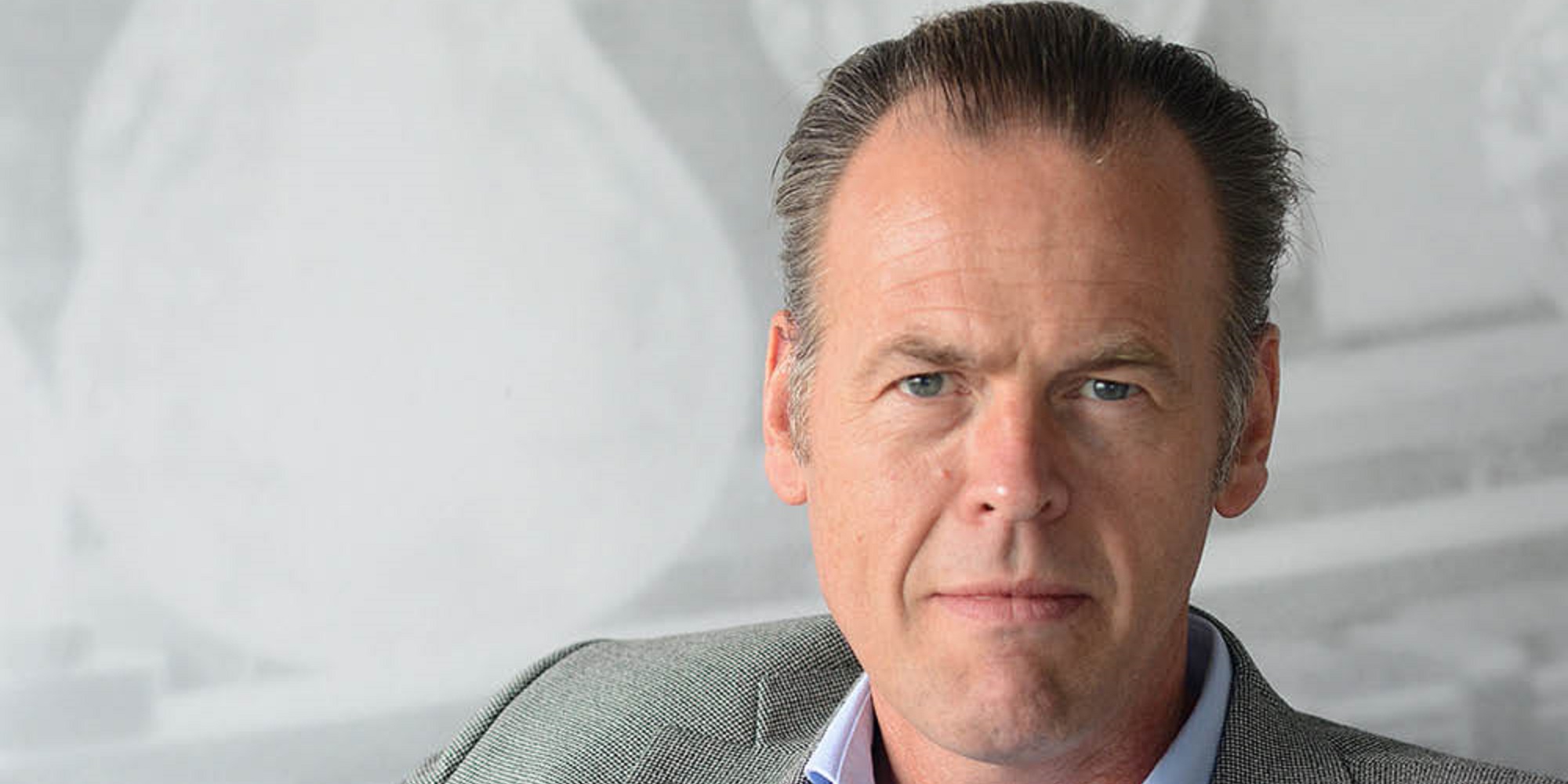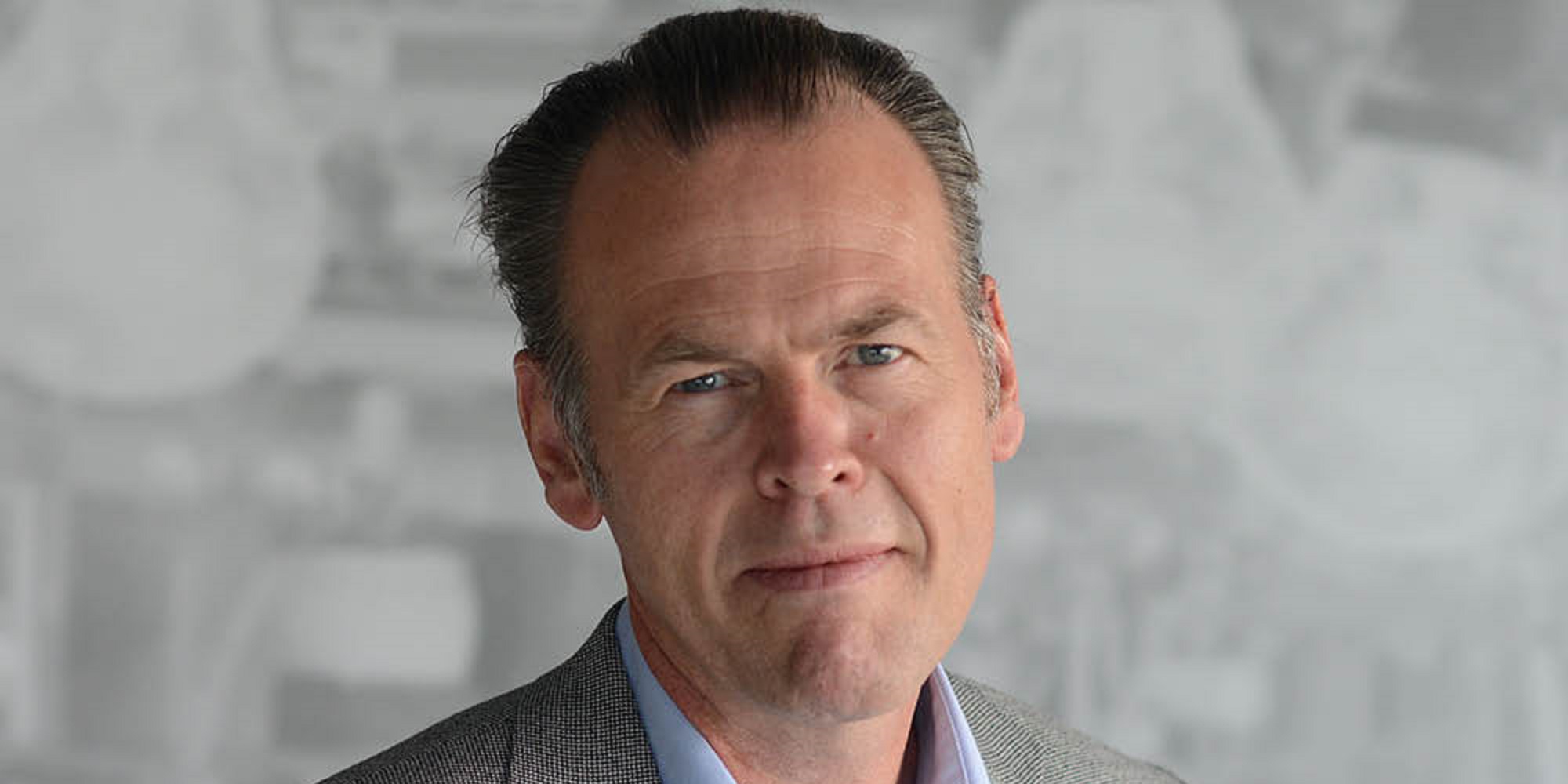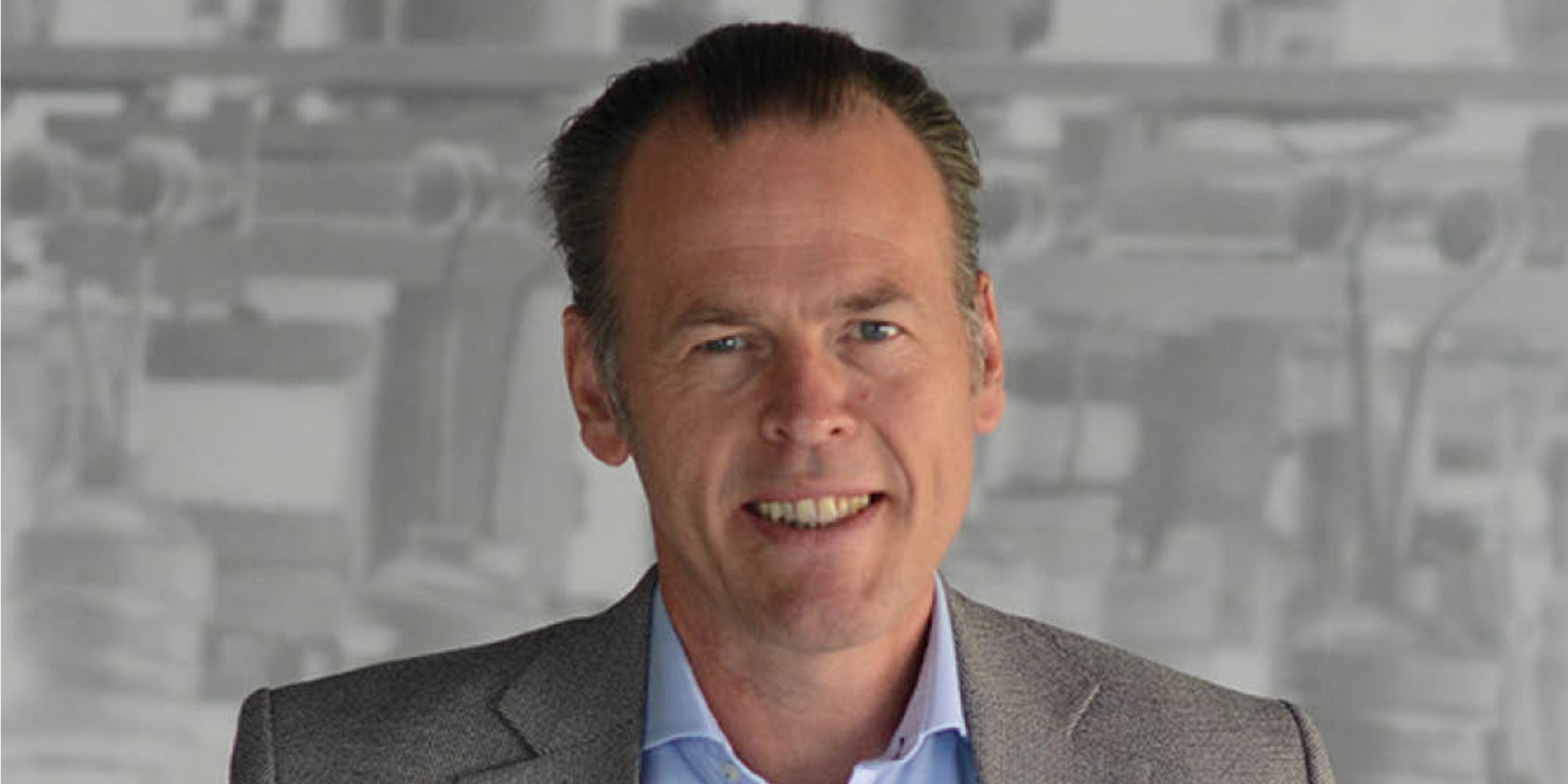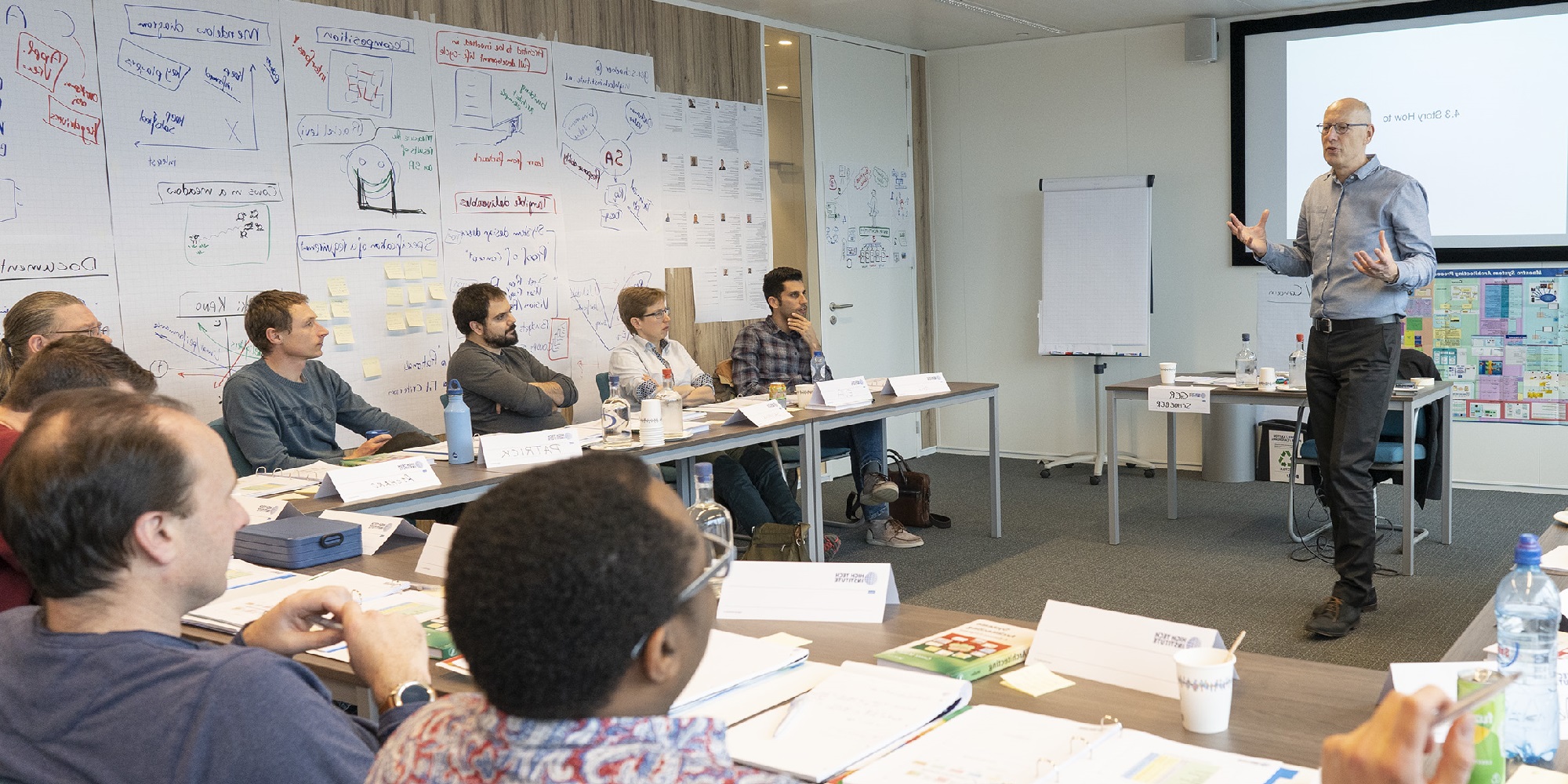Last week, I gave a presentation to a company that’s in the midst of a strategy revamp. I always admire leadership teams that take on the incredibly difficult challenge of taking a step back and reviewing how the organization is operating right now and what change in direction is required to achieve future success. As the saying goes, what got us here in many cases won’t get us there.
One of the key discussions was concerned with the R&D resources allocated to providing customizations to some of the most important customers. Large customers often know how important they are to the company and, as a consequence, typically negotiate very hard for special treatment in terms of customization, free services and similar. As these companies provide a significant part of the revenue, the short-term and immediate response often is to go along with their requests.
When a company becomes increasingly dependent on a small set of powerful customers and these customers exploit their power, the consequence may easily be that all R&D resources are consumed by providing customizations and customer requests. The result will be that the company’s offering becomes increasingly commoditized as the R&D resources aren’t used for building differentiating functionality.
Of course, there’s nothing wrong with listening to your customers and understanding their needs and wishes. However, there’s a major difference between “customer-first” and “customer-unique” features. Customer-first features are requested by customers that are in many ways leading and happen to identify the need for new functionality before others. Such a feature will be relevant for more customers besides the one initially requesting it and hence valuable. A customer-unique feature is functionality that’s only relevant for the requesting customer. These features are often a drain on the company as their return is quite low.
At the company where I gave the presentation, the discussion led to an interesting question: are these important but demanding customers really the right customers for us? In this context, I brought up the difference between “making customers happy” and “making happy customers.” The company had worked incredibly hard at making customers happy, but were they really the customers they wanted to serve? Although the discussion didn’t lead to a clear conclusion, it was clear that it was far from obvious that this was the case.
'It’s of critical importance to identify the customer profile you want to serve'
As part of the strategy work that every company needs to engage in, it’s of critical importance to identify the profile of the customer you want to serve – for at least three reasons. The first is that a company trying to be everything to everyone is bound to fail. As you can’t stand out and differentiate yourself without focus, the only strategic path left is to be the lowest-cost player, which is a hard game.
Second, strategic investments made by any organization should be prioritized such that the skills and capabilities the company has used to differentiate itself from the competition are developed further and those that the company needs going forward receive sufficient attention. Failing to be strategic in these investments typically leads to a politicized process and a scattered set of results.
Third, as any company needs customers and it’s the sales function that’s delivering these, it’s important to ensure that those active in sales are aware of the profile of the customer that the company seeks to serve. Failing to provide sales with a clear customer profile easily leads to the aforementioned problem where sales has promised customers specific customizations and extensions as part of the process of “closing the deal.”
So, as part of your strategy process, make sure to create a clear profile of the type of customer you’re looking to serve. And that profile may require you to “fire” customers that no longer fit that profile, or at least put them in maintenance mode and not invest in any further customization work for them. In the end, the goal isn’t to make all customers happy but to make the customers that you want to serve happy.








